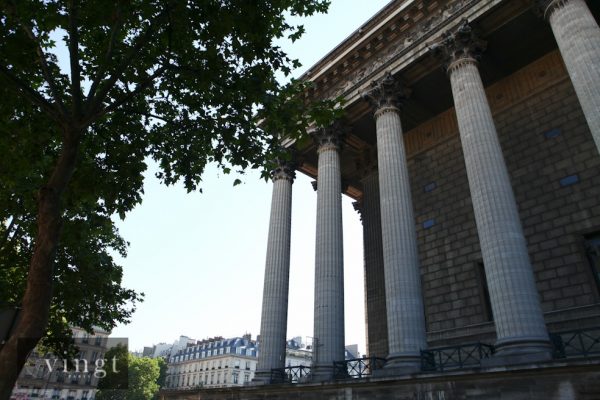From Grand Boulevards to Palais Royal
Posted on May 8, 2012 by VINGT Editorial Text: Guillermo Martinez de Velasco
Text: Guillermo Martinez de Velasco
If ever there was a walk that would evoke everything Paris wanted others to see about it without showing that which it didn’t, it would be the one-hour stroll that goes from the Grands Boulevards to the Palais Royal. It’s hard to feel ‘urban’ in Paris sometimes and it is after all, a city. It’s winter so the streets are great for walking.
You start at the corner of rue Montmartre and Boulevard Montmartre. You notice that you are in fact, not in Montmartre. You notice the difference between a rue and a boulevard. One is lined with trees and has sidewalks big enough for every single situationist ever to have lived to walk side by side on them. That is the boulevard. You remember that – rumour has it – they were built because popular uprisings could be quelled much faster in wide avenues than in small winding streets. ‘Why was ’68 successful?’ you ask yourself. Try chasing a crowd of students that runs off in different directions along rue Mouffetard. You picture that happening. You think about asking people where they were in ’68. Then you start figuring out if they were old enough to have been there. You wonder where you got that piece of historical information from. You might be wrong, maybe they were just built to make Paris more like other big European cities. Maybe they were made so you could see a bigger picture and not feel trapped in what’s immediately in front of you.
You start walking until you reach the corner of Boulevard des Italiens and Boulevard Haussmann. You curse the Baron for making every single corner of Paris look the same. That is why you run to the Marais when you can. But then you wonder why the Marais was never Haussmanised. You feel uneasy as you turn onto rue des Italiens. This is a good choice because otherwise you would end up in Galeries Lafayette. You’ll return when money ceases to have any connection to work. Then you walk past all of those buildings that discreetly show you they are owned by banks. You hate banks, but you hate French banks more because if they were greedier they would make things easier. You see the Art Déco building on the corner of rue Laffitte. It’s striking. Sharp edges, no balconies, an ominous entrance, the works. You’re glad all of Paris isn’t like this, but are equally content that this particular corner is. Something about it reminds you of the war, and then it’s scary to think about what went on on these streets during that time. You become aware of the place’s soul.
It’s winter so you don’t care about the huge billboards outside the Gaumont theatres. Come summer you will realise that they make everything seem more crowded and noisy. You remember you haven’t seen the film being advertised. You also remember that huge theatres are the worst and decide to watch it at Odéon next week. As you keep walking you wonder what the spending power of a Parisian is. You wonder how there can be so many shops in this economic climate. You forgot that people still buy things. One day you will buy things, you tell yourself. For now, H&M and Carrefour are your friends.
The boulevard is wide. You feel more purpose when walking on it. You don’t feel like you’re wandering and you certainly don’t think it possible, but the street opens up even more. You hear noise, cars, buses, voices, coughs. You thought it wasn’t polite to cough in public. Then you turn right and there is the Opéra Garnier. You can’t help but see it as a symbol and not as a collection of marble, bricks and columns. It is not a building. It is a very specific type of art. It is high art, created by, to, and for, this corner of Paris. You wonder why they translated Beethoven’s name. You want to go in, but maybe it’s better if you come back some other day just for that. You stand still for ten minutes. The building is still fascinating. You are glad that art exists and that people built things.
You get stuck in a strange concrete island amidst an ocean of movement, machines on tires and people on legs with shoes. You can’t think of any other place in Paris with so much pavement. The space is too open, you have grown to feel unsafe here. You finally cross the street and keep going on des Capucines. This is more or less the idea you had of Paris before you came to Paris. You wish someone would take your picture. You think Woody Allen would not shoot a scene here because the way the light hits the buildings is quite standard and dull. You like it. You like it because Woody Allen would not shoot here and because the sleepy orange glow of other districts doesn’t make you feel like this. Like you are no longer an Expat.
You wonder why there is a store called ‘Old England’ and then decide to stop giving it any thought. You can now see the Madeleine. You go around to the left side until Place de la Concorde is looking straight at the back of your neck. You know this is a church but you feel like it was built by the Romans. You can’t imagine it being a church. You are cold, but the stone is grey. You go on a thought dilemma about living in this area versus living in a quieter part of Paris. You still don’t see this as a church. You realise that you are already halfway into your walk. You’re glad you bought that scarf.

